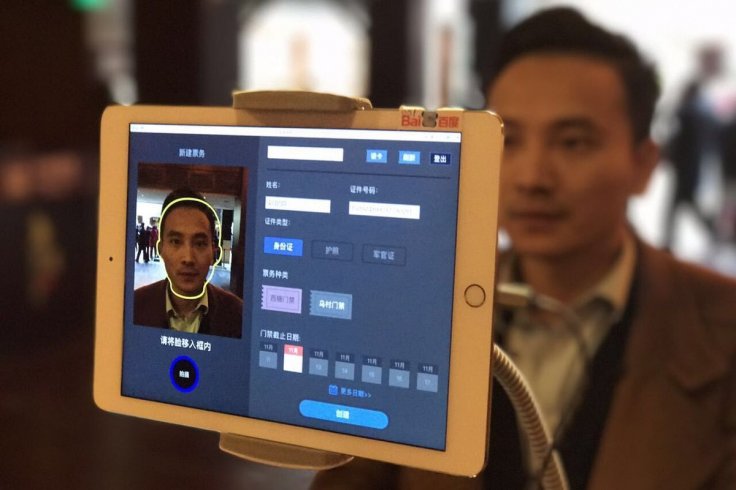Singapore is one of the leading countries in the world to implement facial recognition technology. The Southeast Asian country is going to become the first country in the world to use facial verification for government benefits under its national identity scheme.
It will allow SingPass (Singapore Personal Access) holders access to over 180 e-government and private agencies, bypassing the need for a password. Citizens of the city-state will be able to scan their faces at computers or kiosks to log into account and avail close to 500 digital services.
The country's Government Technology Agency (GovTech) began trials to use biometric verification earlier this year as a pilot project and now has given tender to a U.K. company iProov and a Singapore business Toppan Ecquaria that specializes in offering digital government services. Both will be deploying the facial verification technology in the Republic. U.S. Homeland Security also uses iProov for its own facial verification of employees.

What Does It Do?
The technology is state-of-the-art. For example, the iPhone's facial verification works mostly when the face is not covered with a mask. Heavy makeup and facial hair have been problematic for its system to recognize a face. For Samsung, there were instances when a photo of the person could fool the system and unlock the device. However, iProov's Genuine Presence Assurance technology can recognize if the face is of an actual person or a picture. It can also authenticate a person's identity based on a mask and can differentiate digital spoof and even deepfake.
To prove its efficiency, GovTech collaborated with Singapore bank DBS in July to trial the use of face verification for opening accounts. "You have to make sure that the person is genuinely present when they authenticate, that you're not looking at a photograph or a video or a replayed recording or a deepfake," Andrew Bud, founder and the Chief Executive of iProov, adding that this is the first time cloud-based facial verification will be used to secure the identity of people using national digital identity scheme.
iProov delivers face verification for the national digital identity program of Singapore, working with @GovTechSG and Toppan Ecquaria: https://t.co/cCPigiIhbw pic.twitter.com/gd8IXiFiNi
— iProov (@iProov) September 22, 2020
Is It Different from Facial Recognition?
Although both facial verification and recognition technology use the same method of matching a face from its existing database to verify identity, there are differences. In facial verification, you get something in return but for facial recognition, you don't. The main difference, however, is your consent to face verification while no permission is needed for facial recognition. Facial recognition works by scanning everyone's face for a match in the database without any consent, mainly to identify a wanted criminal.
Many commercial entities in countries like China, the U.S., South Korea, Japan are using facial verification to offer services. For example, in China, Alipay uses facial verification for the Smile to Pay app while Apple's Face ID and Google's (Android) Face Unlock are also based on the same technology.

As for government services, many countries have implemented facial verification for offering various services but other than Singapore none has so far made it a part of the national identity scheme.
The technology will enable Singapore to implement face verification in businesses, airports and even in educational institutes so that students can take their own tests. "We don't really restrict how this digital face verification can be used, as long as it complies with our requirements," Kwok Quek Sin, Senior Director of National Digital Identity at GovTech Singapore told the BBC, adding that the basic requirement is getting consent from the individual.
In addition, businesses won't be storing any biometric data. They will only be able to match the customers' faces with what the government has in its database. They can only see a matching score, Kwok said.









